Tag: Nordic Larp Yearbook
-
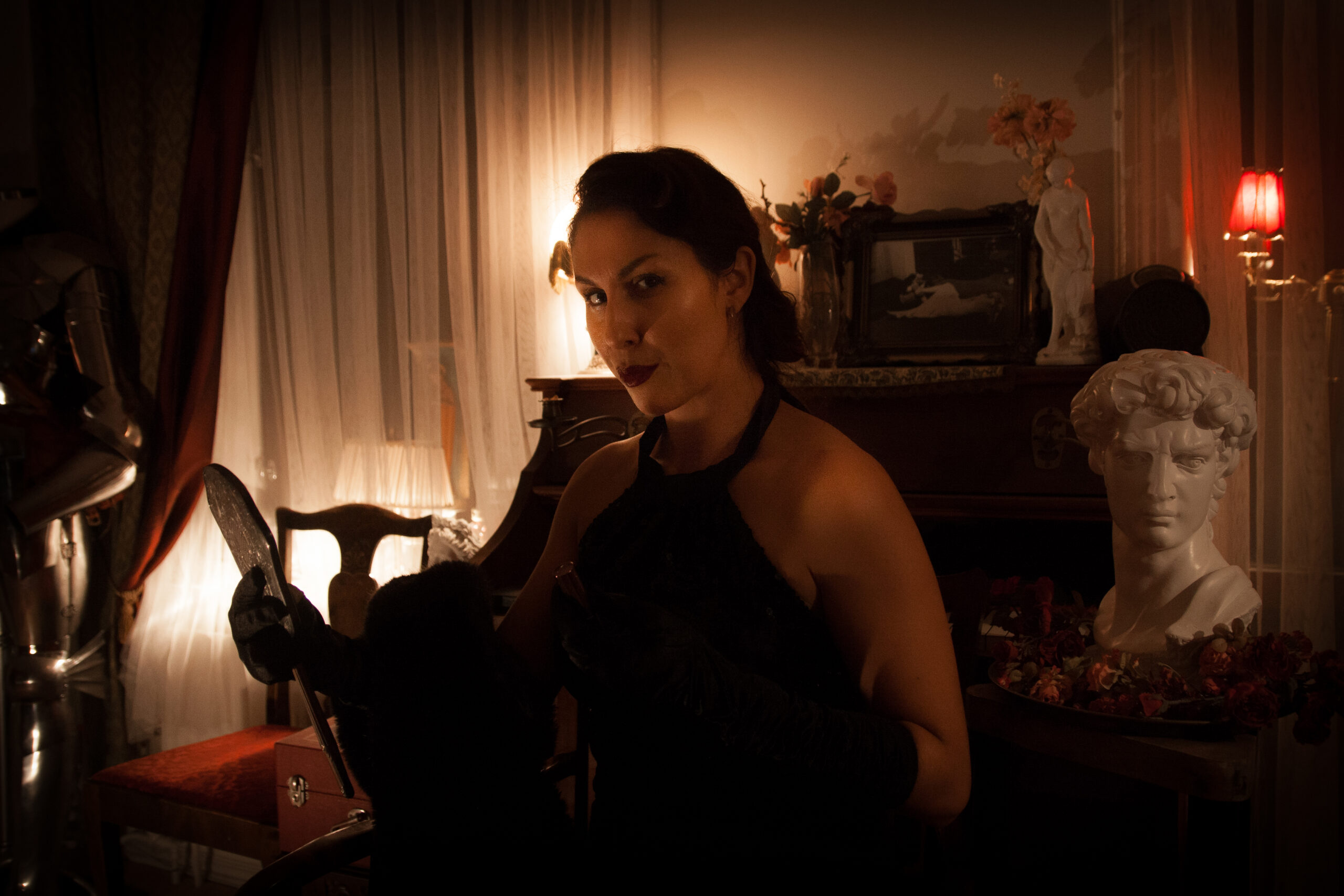
BAPHOMET – The Road to Damnation
BAPHOMET was a larp about personal horror with the themes terror, lust, desire, power and loss of control; a group descended into madness together.
-
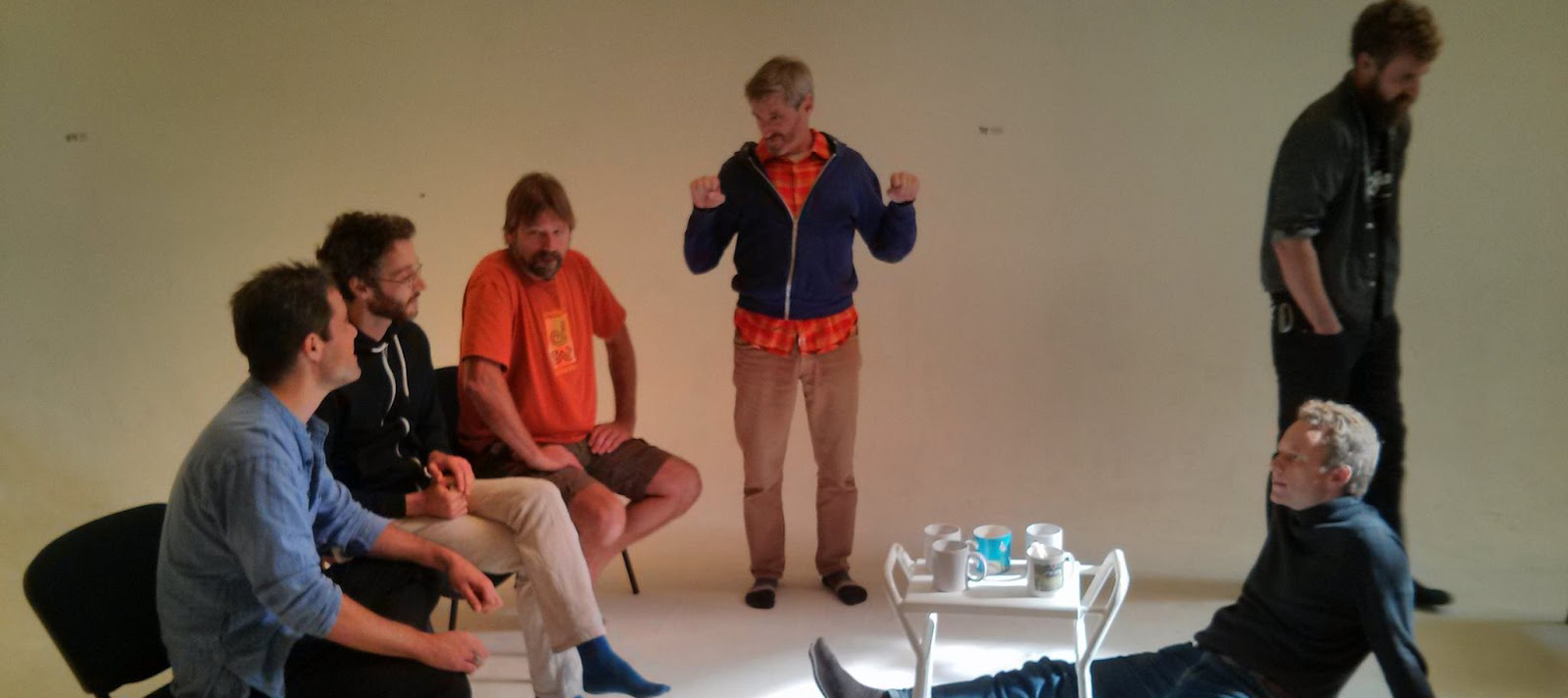
Real Men – Defining Gender Identities
Take your mind back, I don’t know when Sometime when it always seemed To be just us and them Girls that wore pink And boys that wore blue Boys that always grew up better men Than me and you Joe Jackson, Real Men Real Men is a chamber larp for 4–8 players, lasting four hours,
-
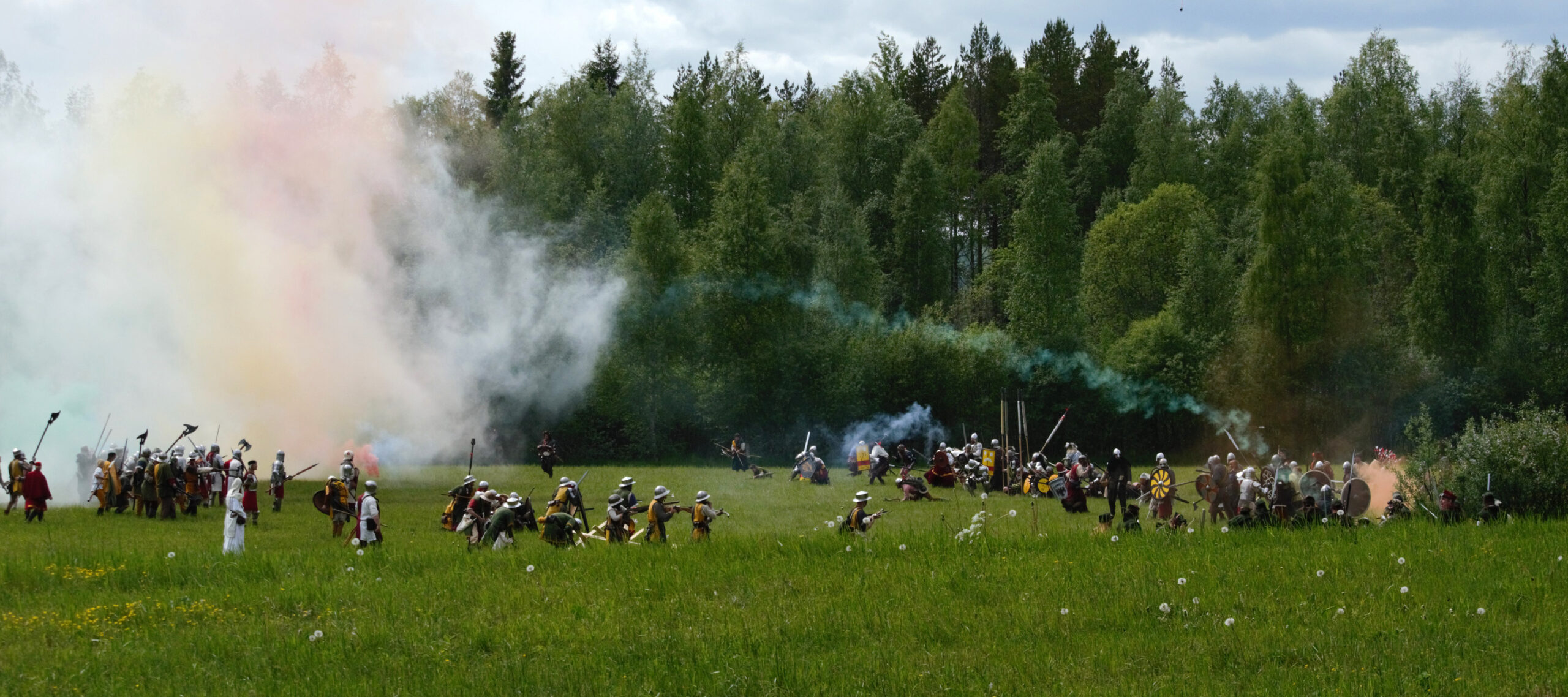
Krigshjärta 7 – The Gamification of Nordic Fantasy Larp
Krigshjärta 7 was the latest addition to the Krigshjärta (Heart of War) campaign, a Swedish war larp campaign that has gained international recognition.
-

SHOWTIME – How a Silly Joke Turned into an Experimental Larp
During a christmas dinner last year Claus Raasted got drunk and played “truth or dare”. He ended up getting dared to announce a larp that same evening.
-
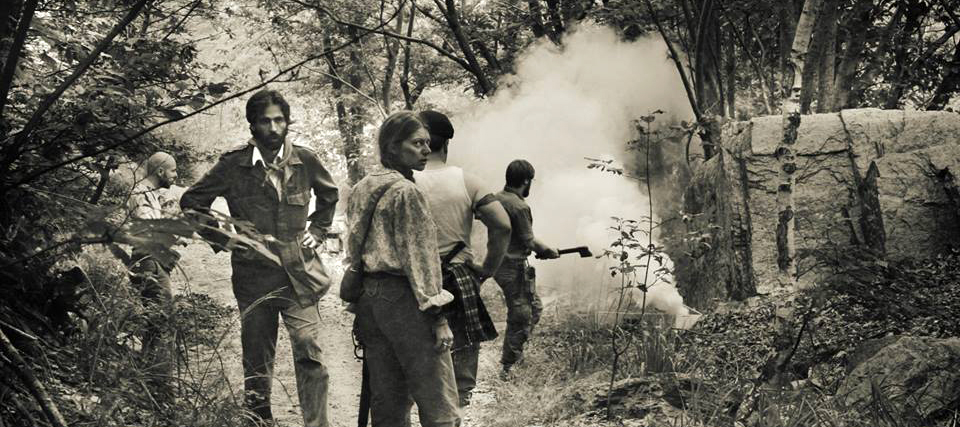
Rebels on the Mountain – The Last Night of Montelupo
The Rebels on the Mountain was a larp played in Italy in 2015. It was the first historical larp of Terre Spezzate, a larp group active in northern Italy.
-
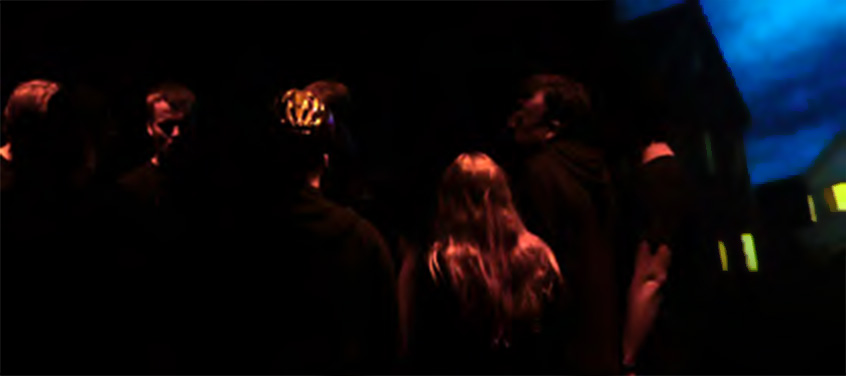
Pneuma – The Game
Pneuma is a surreal mystery-drama, seemingly about a random gathering of people stuck on a bus in the middle of nowhere. The larp is played over four acts. The style is inquisitive and dark. We are trying to attain a feeling of mysteries and confusion. The larp was a brain-child of Hallgeir; it also used…
-
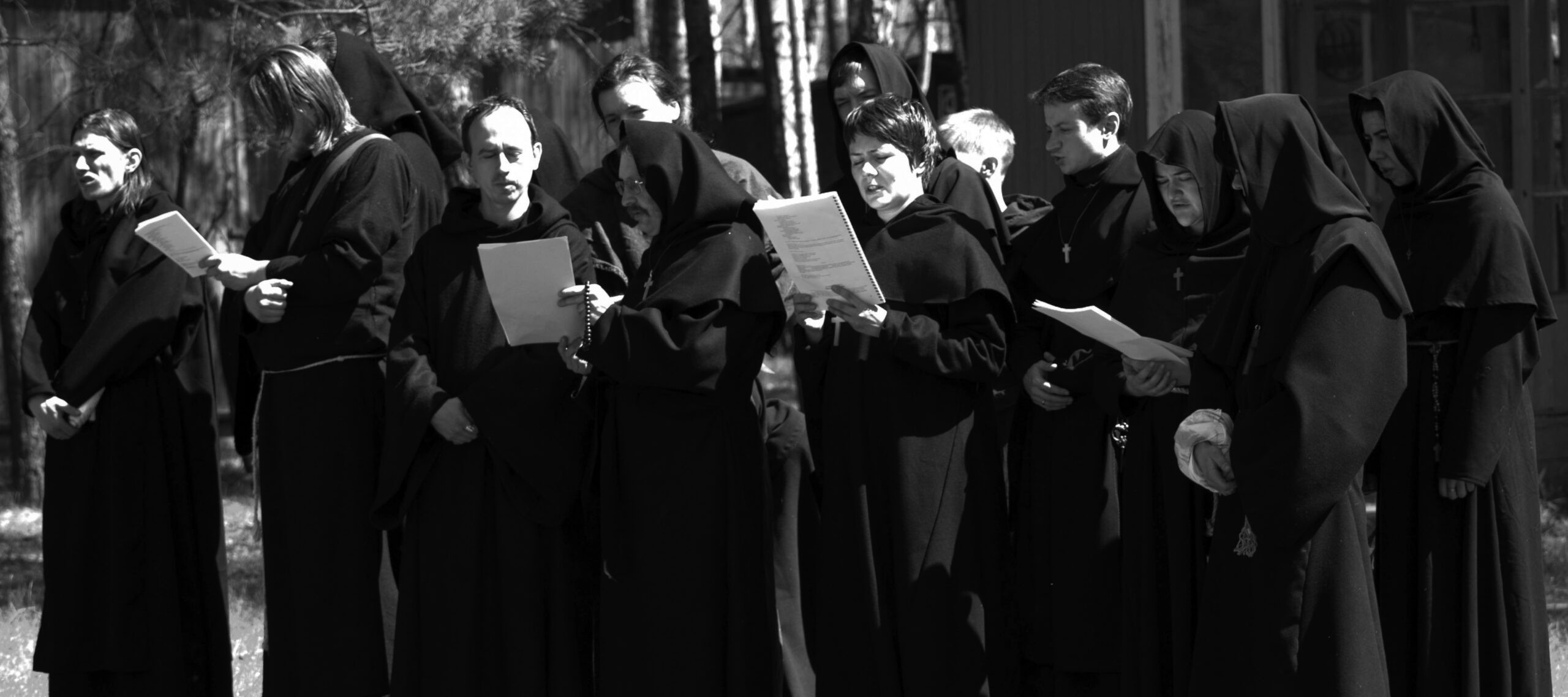
Being a Monk – Building a Cathedral
Being а Monk was a larp simulating a Benedictine monastery in 1202. The organizers were inspired not only by history & art, but also personal experience.
-
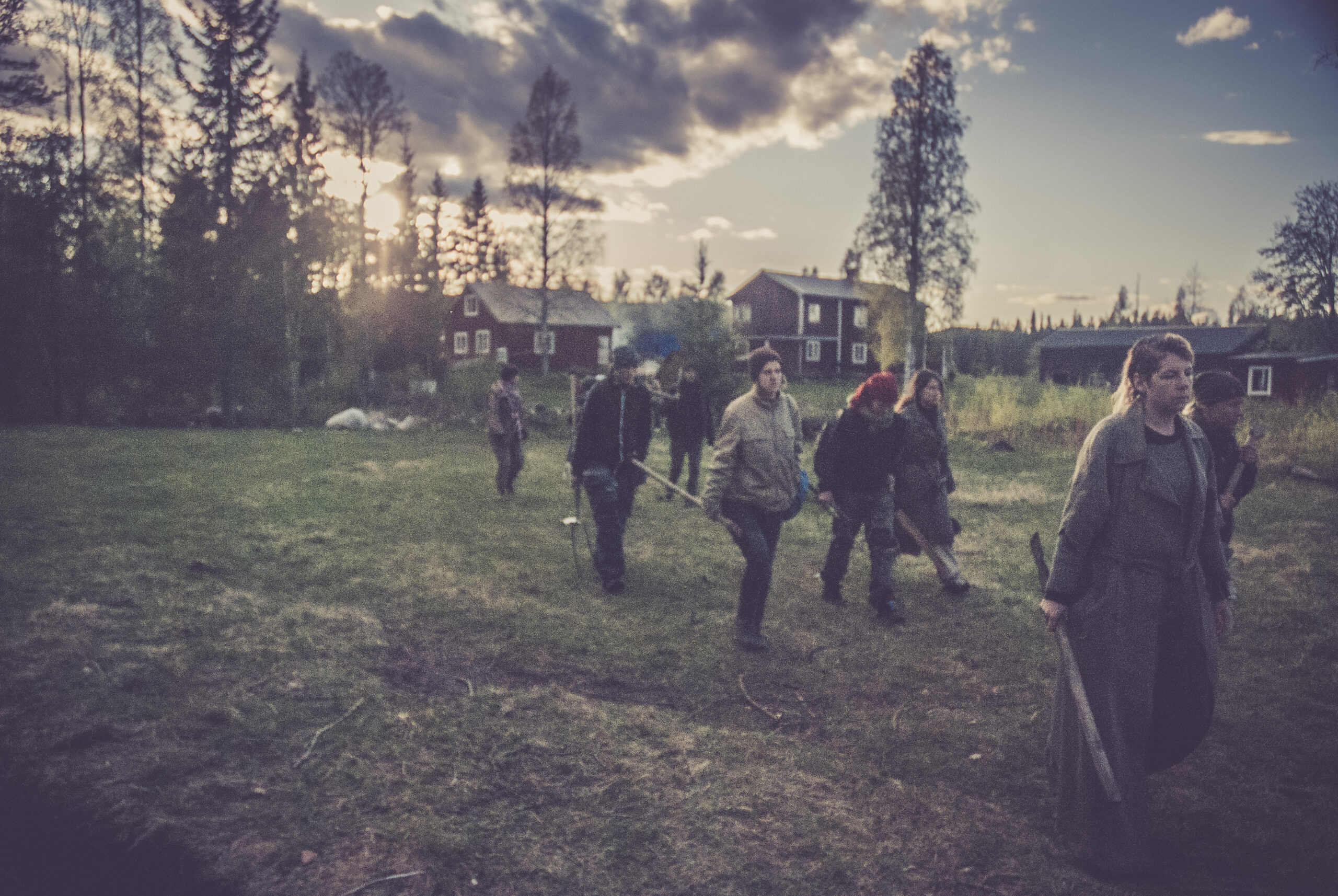
Hinterland – The Will to Survive
Hinterland was set a few years in the future: a future in which war has destroyed much of society and the infrastructure of modern civilization. Millions of Swedes now live in overcrowded refugee camps scattered around the countryside, at the mercy of ad-hoc crisis authorities, whose resources are stretched way too thin. Life in the…
-

Hell on Wheels – Experience the Wild West
The Hell on Wheels larp is a dramatic game for 54 players that takes place in Stonetown, a western settlement in the Czech Republic.
-
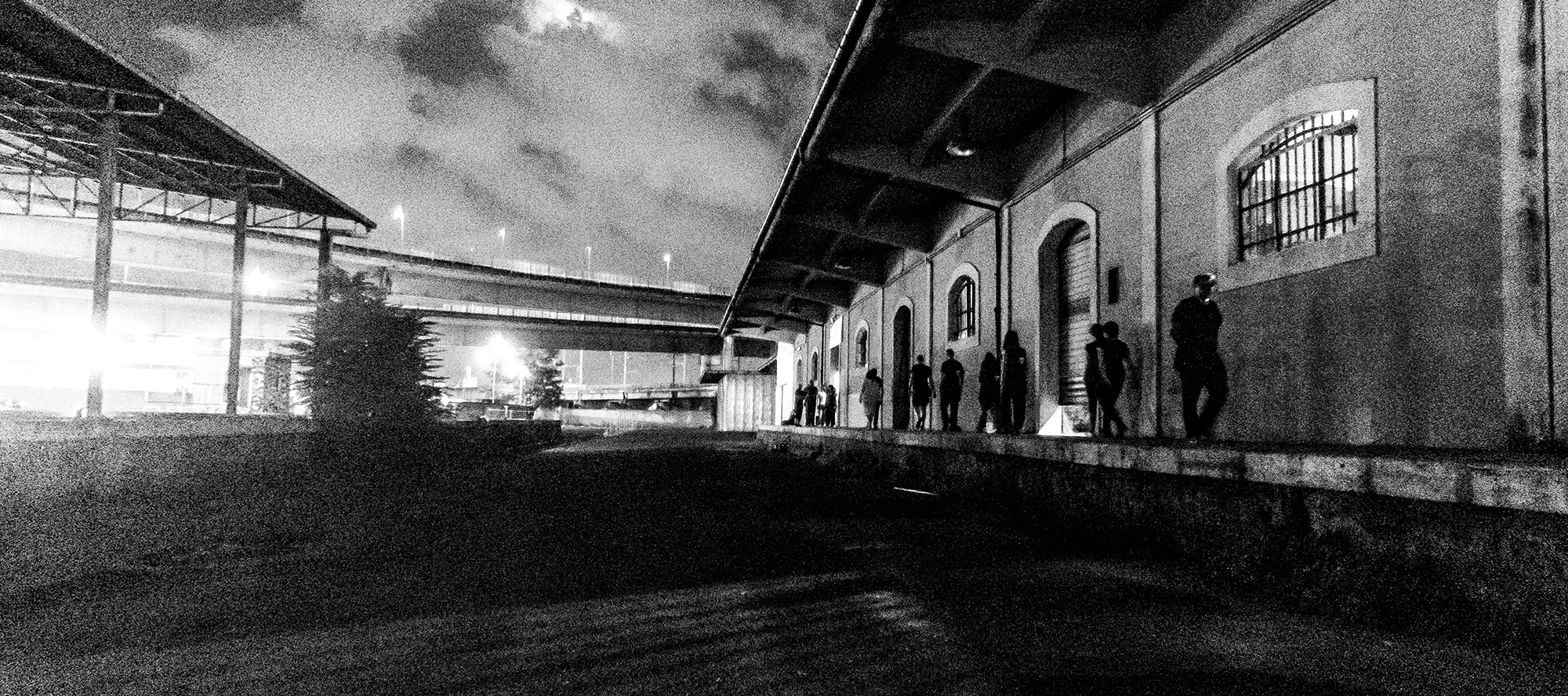
The Legend of Percival – Larping in Babylon
In September 2015, in the city of Rome, the Chaos League organized The Legend of Percival; a pervasive larp with participants playing outcasts.